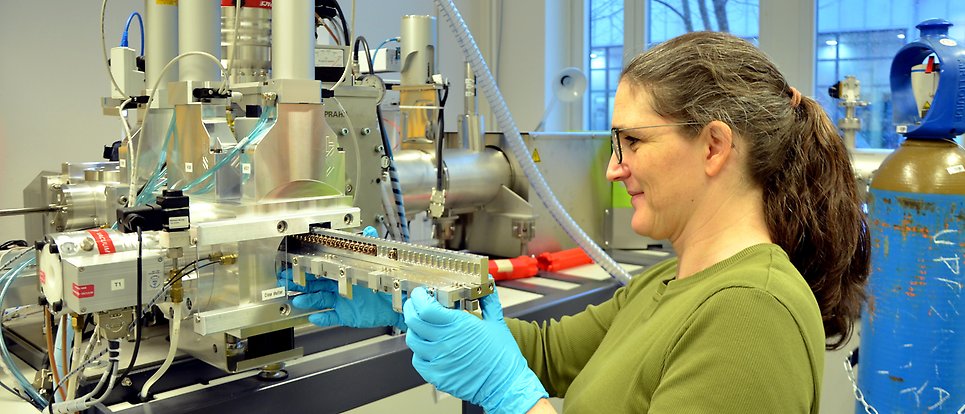Carbon dating, also known as radiocarbon dating, is a scientific method used to determine the age of ancient organic materials, such as wood, bone, shell, or plant remains. It works by measuring the amount of carbon-14 (¹⁴C), a radioactive isotope of carbon, that remains in a sample. This process is commonly used in archaeology, geology, and environmental science.
Here’s a detailed overview of how carbon dating is done in a laboratory:

1. Understanding the Science Behind Carbon Dating
Before diving into the lab steps, it’s important to understand the basic principle:
- Carbon-14 is constantly created in the atmosphere through the interaction of cosmic rays with nitrogen.
- Living organisms absorb carbon, including ¹⁴C, from the atmosphere or food chain.
- When the organism dies, it stops absorbing carbon, and the ¹⁴C begins to decay at a known rate—its half-life is about 5,730 years.
- By measuring how much ¹⁴C remains in a sample, scientists can estimate when the organism died.
2. Sample Collection and Selection
Key Actions:
- Choose appropriate material: Only organic materials can be tested (e.g., charcoal, wood, bones, shells, fabrics, seeds).
- Avoid contamination: Samples should be handled with clean tools and gloves to avoid modern carbon contamination.
- Document everything: Record the location, depth, and condition of the sample, especially in archaeological contexts.
3. Pretreatment of the Sample
This step removes contaminants that might skew the results.
Pretreatment Methods:
- Cleaning: Physically remove dirt and foreign materials using water, brushes, or scalpels.
- Chemical pretreatment: Use acid (HCl) and base (NaOH) treatments to remove carbonates and humic acids.
- Drying: Dry the sample completely using low heat or freeze-drying to preserve its structure.
The goal is to isolate pure, unaltered carbon from the original organism.
4. Conversion to Carbon Dioxide (CO₂)
The sample must be converted into a measurable form. This is done by burning the material.
Process:
- Place the treated sample in a sealed quartz tube with copper oxide (an oxidizer).
- Heat the tube in a furnace to high temperatures (~900°C).
- This oxidizes the sample, converting the carbon to carbon dioxide gas (CO₂).
- The CO₂ is collected for the next step.
5. Reduction to Graphite or Measurement Preparation
Depending on the dating method, CO₂ is either measured directly or reduced to solid form.
Two Common Methods:
- Accelerator Mass Spectrometry (AMS):
- CO₂ is reduced to graphite using hydrogen gas and an iron catalyst.
- The graphite is then loaded into a sample holder for the AMS machine.
- Beta Counting (older method):
- The CO₂ gas is trapped in a liquid scintillation cocktail or counted using gas proportional counters.
AMS is the preferred modern method because it requires smaller samples and gives more accurate results.
6. Radiocarbon Measurement
Using AMS (Accelerator Mass Spectrometry), the machine accelerates the carbon ions and separates them by mass.
Key Points:
- AMS counts the actual number of ¹⁴C atoms versus ¹²C and ¹³C.
- The ratio of ¹⁴C to ¹²C tells scientists how much ¹⁴C has decayed.
- A precise age is then calculated using this ratio.
7. Calibration of Results
Raw radiocarbon dates are not calendar years. Due to fluctuations in atmospheric ¹⁴C over time, the date must be calibrated.
Calibration involves:
- Using tree ring data and other well-dated records to adjust the radiocarbon years to calendar years.
- Software like OxCal or CALIB is used for this process.
For example, a radiocarbon age of 4,000 BP (Before Present) might calibrate to 4,500 calendar years ago.
8. Reporting the Final Date
The final result is typically reported as:
Radiocarbon Age: 3,500 ± 40 BP
Calibrated Date: 3,800–3,600 BCE (95% confidence)
The ± value represents the standard deviation (margin of error), and the calibrated range gives the best estimate in calendar years.
9. Quality Control and Reproducibility
To ensure accuracy, labs:
- Run standards and blanks alongside samples.
- Re-test samples when needed.
- Use duplicate testing or cross-checks from other labs for important results.
10. Limitations of Carbon Dating
While powerful, carbon dating has some limitations:
- Only works on organic materials.
- Effective up to ~50,000 years.
- Contamination can give false dates.
- Requires calibration to adjust for atmospheric variations.
Conclusion
Carbon dating is a precise, scientific method that combines chemistry, physics, and careful handling to determine the age of once-living things. In the laboratory, the process involves:
- Careful sample selection and cleaning,
- Chemical conversion to measurable forms,
- High-tech measurement using AMS,
- Calibration using real-world data, and
- Interpretation by trained scientists.
Understanding and performing carbon dating in the lab requires technical skill and scientific accuracy, but when done properly, it can unlock the secrets of the past and help us understand history, climate, and the evolution of life.